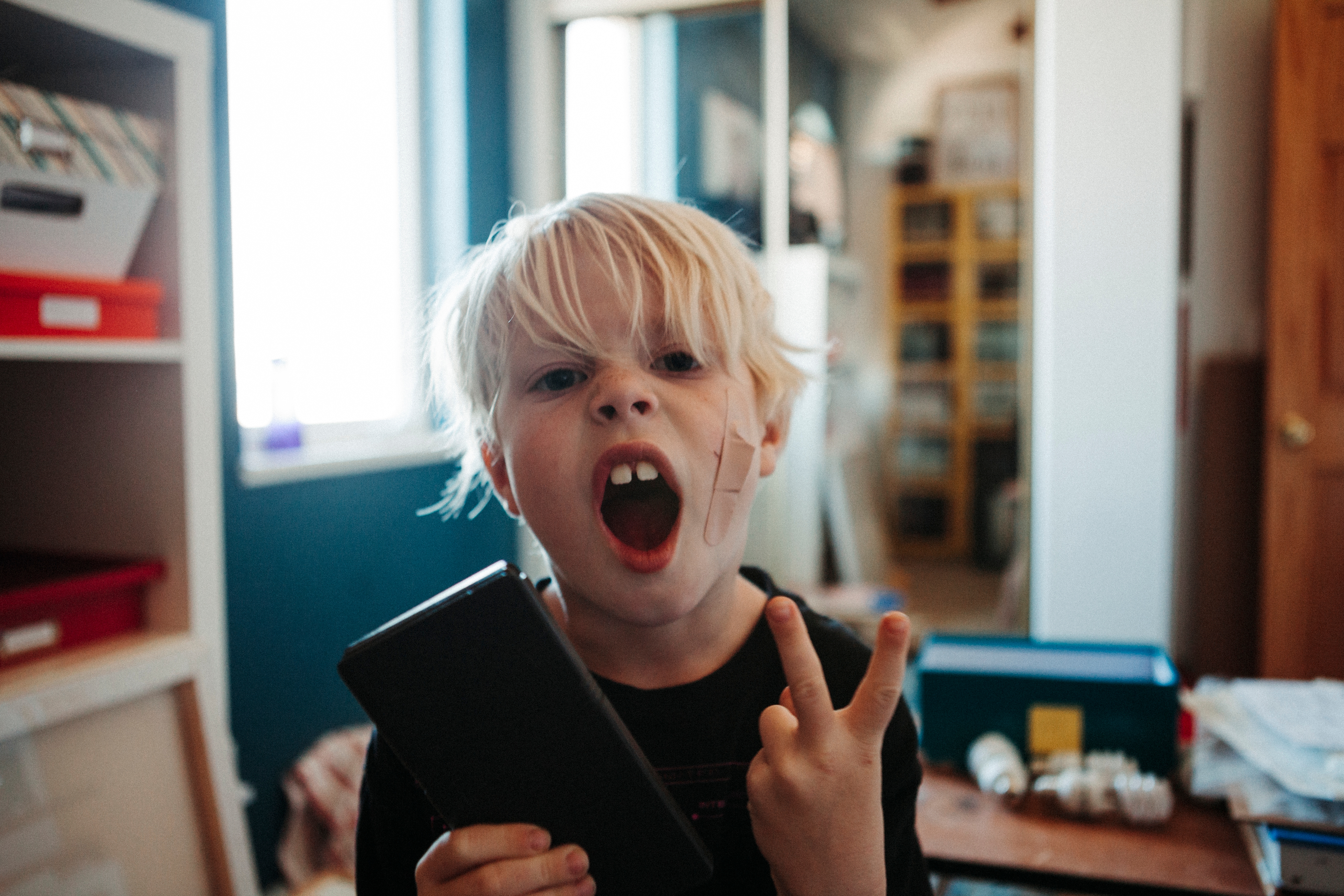10 Signs Your Child Is Hyperactive and Ways to Channel Their Energy
Hyperactivity is a term often used to describe children who seem to be in constant motion, unable to sit still or focus on a single task for long periods. This behavior can be both challenging and concerning for parents and educators alike. However, understanding hyperactivity is crucial to addressing it effectively. Hyperactivity is not merely a behavioral issue; it can be indicative of underlying neurological conditions such as Attention Deficit Hyperactivity Disorder (ADHD). Recognizing the signs early on can help in managing these behaviors constructively, ensuring that the child’s energy is channeled into positive outcomes. This article explores the top 10 signs of hyperactivity in children and provides practical strategies to harness this energy in constructive ways. Children are naturally energetic, but hyperactivity goes beyond the typical bounds of childhood exuberance. It involves a level of activity and impulsivity that can interfere with a child's ability to function effectively at home, in school, and in social settings. It's important to differentiate between normal energy levels and hyperactivity to avoid unnecessary labeling.
Sign One: Constant Fidgeting and Inability to Stay Seated

One of the most noticeable signs of hyperactivity in children is constant fidgeting and an inability to remain seated for extended periods. This behavior is often observed in classroom settings where children are expected to sit still and pay attention for long durations. Hyperactive children may frequently shift in their seats, tap their feet, or play with objects on their desks. This restlessness can be disruptive, not only for the child but also for their peers and teachers. Understanding the root cause of this behavior is essential. Hyperactive children often have an excess of energy that they struggle to control. This can be due to neurological differences that make it difficult for them to regulate their movements. Instead of viewing this as purely negative behavior, it's important to find ways to channel this energy positively. Encouraging short physical breaks, incorporating movement-based learning activities, or providing fidget tools can help these children focus better. By addressing the need for movement, we can create an environment that supports their learning and development.
Sign Two: Difficulty in Playing Quietly

Children with hyperactivity often struggle with playing quietly. They may have loud outbursts during playtime or find it challenging to engage in activities that require a calm demeanor. This behavior can be frustrating for parents and caregivers who may find it difficult to manage the noise levels or direct the child's focus to quieter activities. However, this sign is a clear indicator of the child's need for stimulation and engagement. To effectively manage this behavior, it's important to provide structured play that allows for both active and quiet periods. Introducing games that require concentration, like puzzles or building blocks, can help train the child to enjoy quieter activities. Additionally, setting clear expectations and boundaries around noise levels and play can aid in teaching self-regulation. It's also beneficial to involve the child in creating a balanced play schedule, incorporating their interests to ensure they are engaged and motivated to participate in quieter activities.
